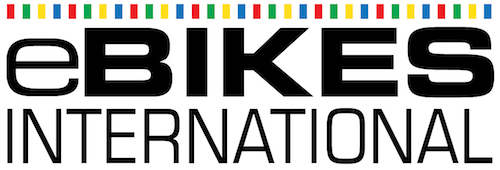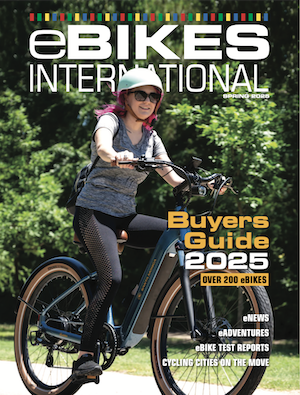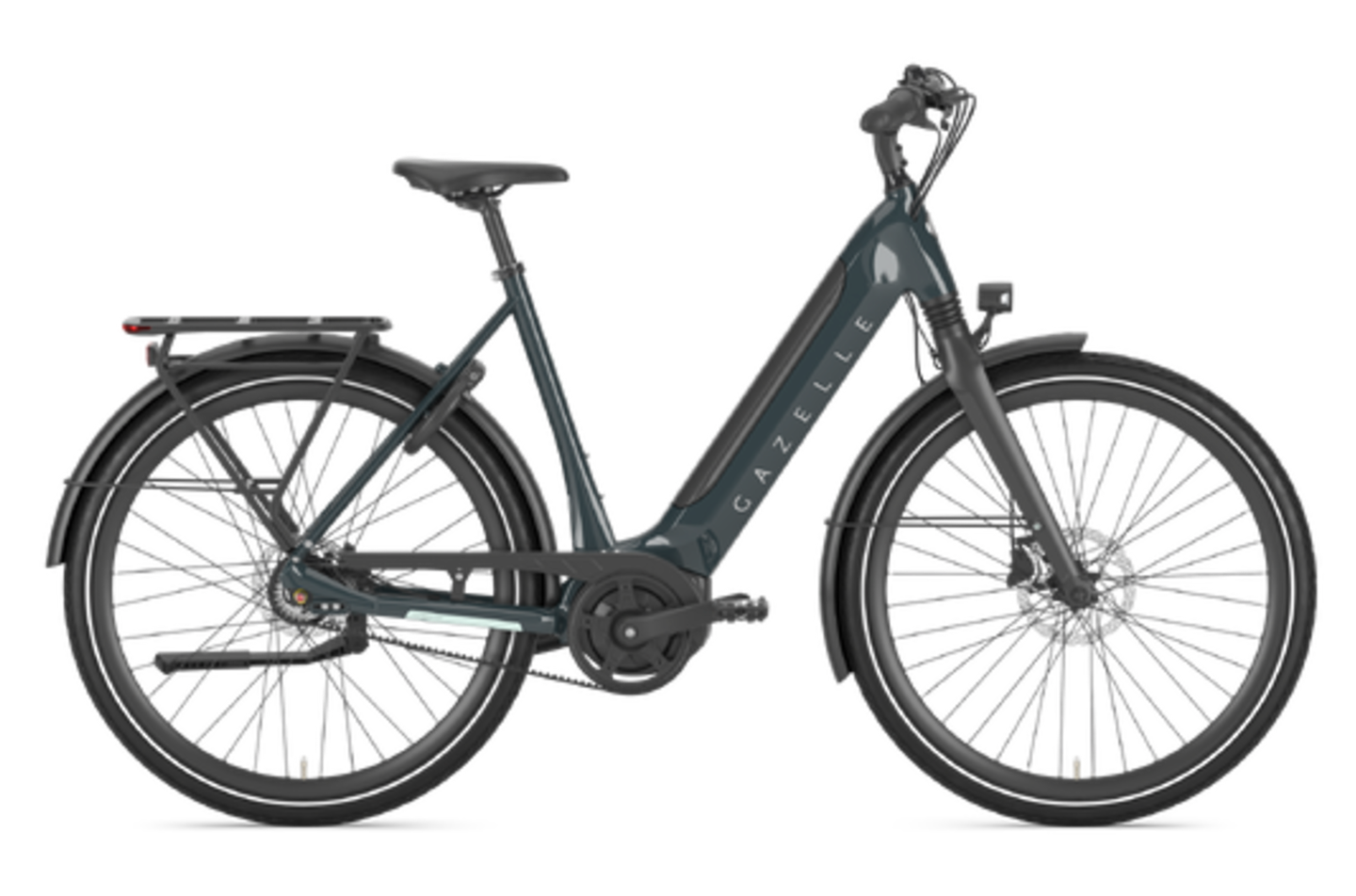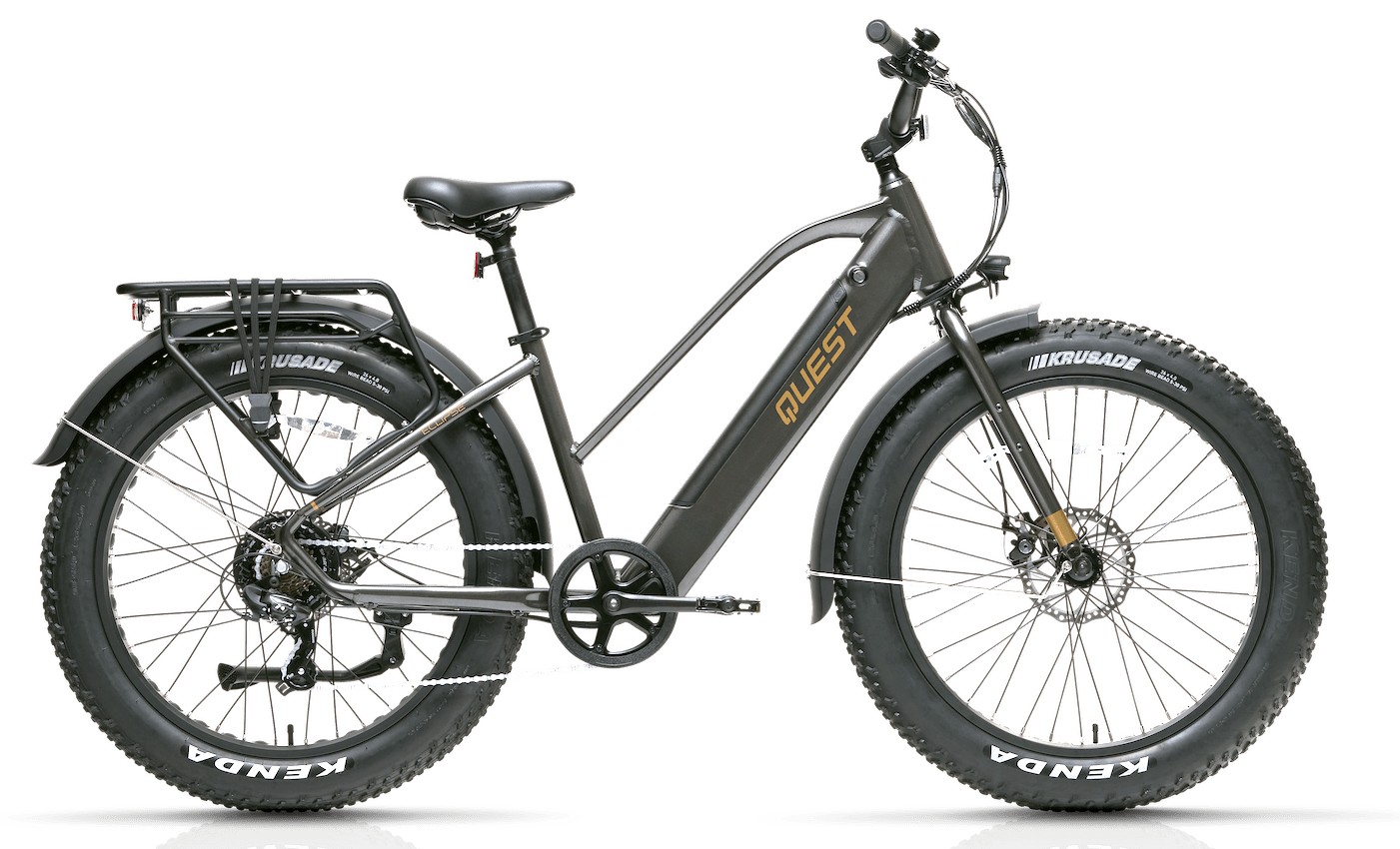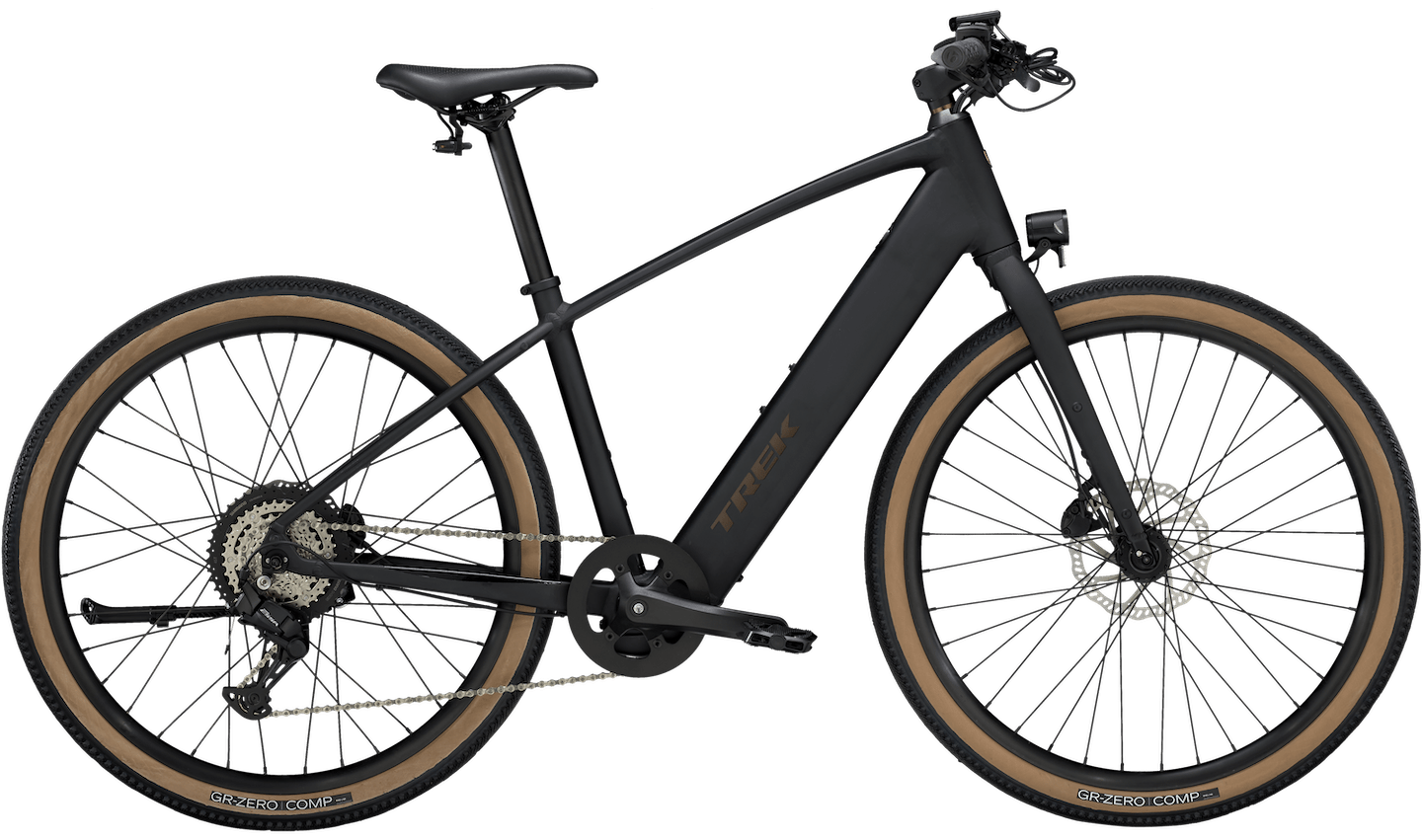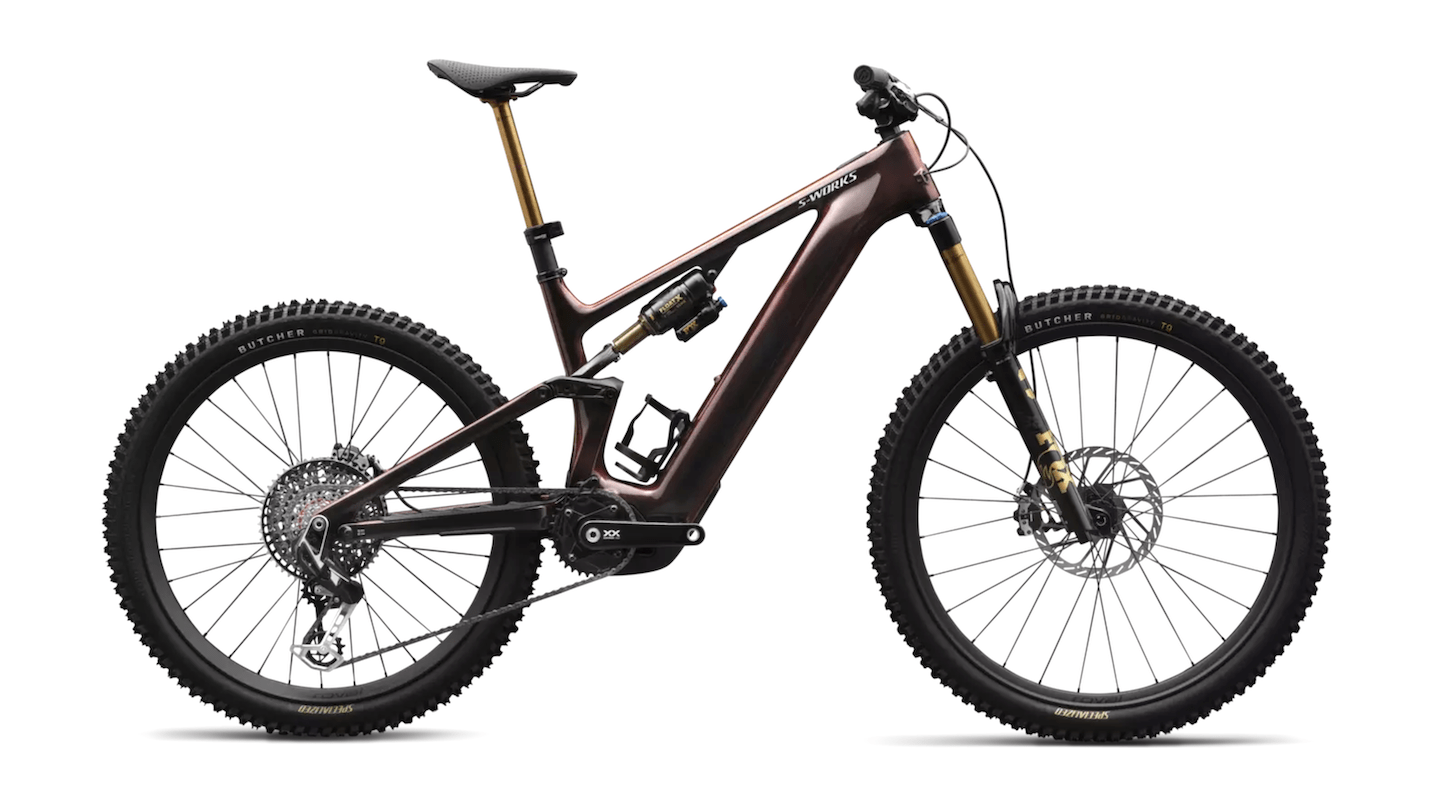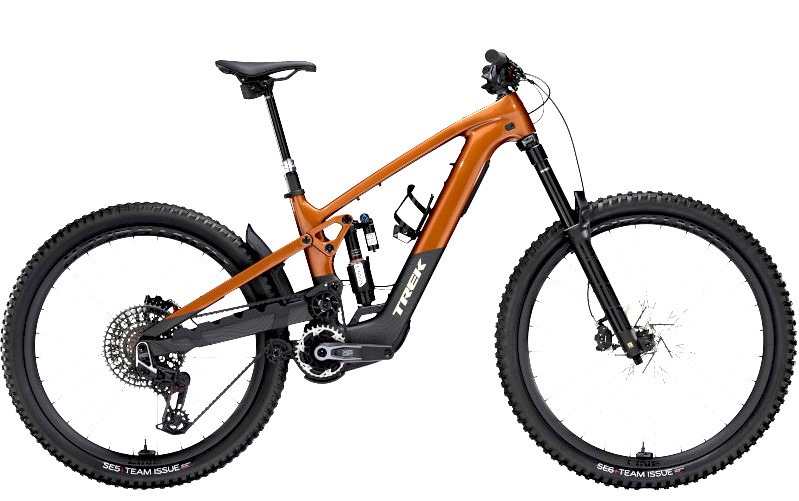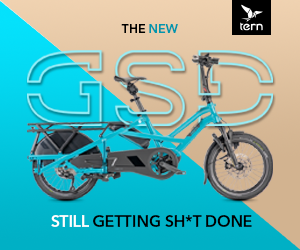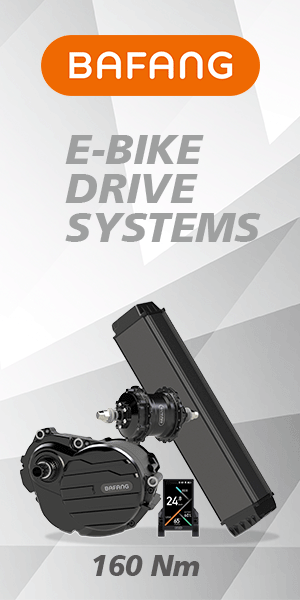December 29, 2021 - The electric bicycle has been a sales success in recent years, but the idea behind it is less new than many may think. Philips already decided in 1931 to develop an electric bicycle.
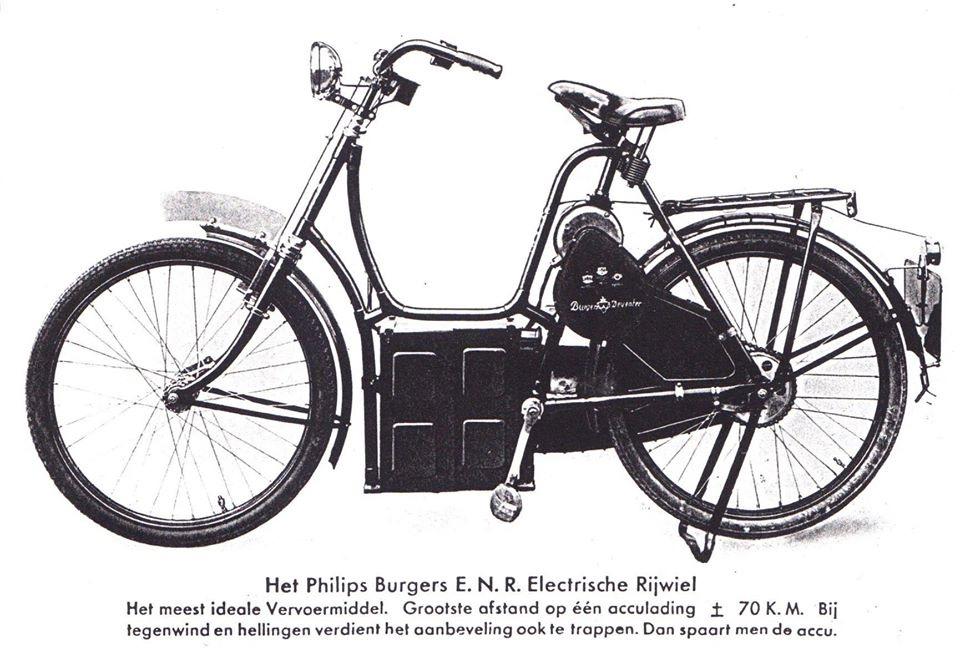
The how and why of this decision is not entirely clear. Perhaps, it has been suggested, it was thought that the growth of car traffic would be slowed by the economic downturn. At that time, the bicycle was already widely used for commuting and the convenience of an electrically powered bicycle would appeal to many. It would also be a godsend for the elderly and people with disabilities.
The bicycle was powered by an electric motor powered by a battery. The battery could be charged overnight with a rectifier. The rectifier – a charger that converts AC voltage into DC voltage – was the only part that was to be made in the Philips factory.
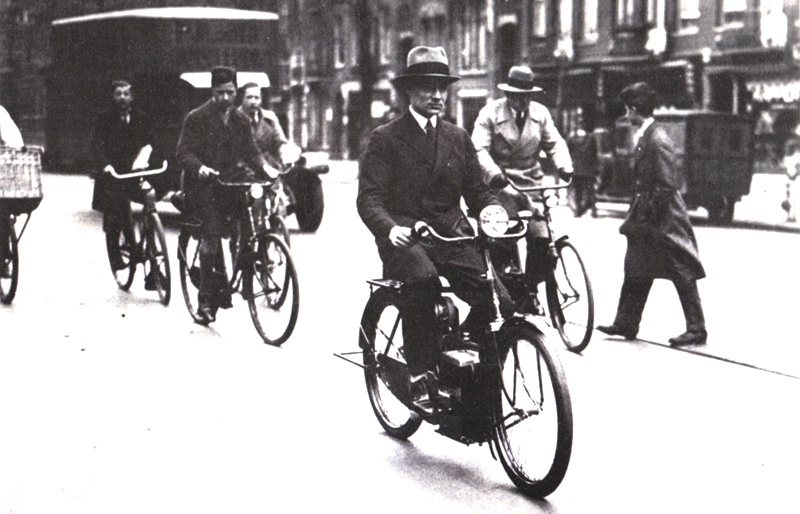
Heavyweight
The cost of using the ‘e-bike avant la lettre’ was calculated at 0.4 cents per kilometre, about half the cost of a light motorcycle. With a 200-watt motor, the maximum speed would be 25 kilometers per hour.
Later that was reduced to more than 20 kilometers. Compared to the current electric bicycle, the Philips one was a real heavyweight. The electric motor weighed ten kilograms and the battery even twenty. The range was still about eighty kilometers.
The electric bicycle arrived. Five bicycle factories, Simplex, Burgers, Juncker, Gazelle and Stokvis, were given the right to produce the bicycles. However, its sale was thwarted by legislation.
Although the electric bicycle differed little from an ordinary bicycle in appearance, it was a motorcycle by law. That meant that the driver needed a driver’s license and that more tax had to be paid on it. Philips executives tried to get the law changed, but when this was met with objections from the government, the project fell into oblivion.
If you look at the current success of the e-bike, you can’t help but conclude that Philips just came up with it way too early. A copy of the Philips e-bike is still in the collection of the science museum Nemo in Amsterdam.
Read more here.

